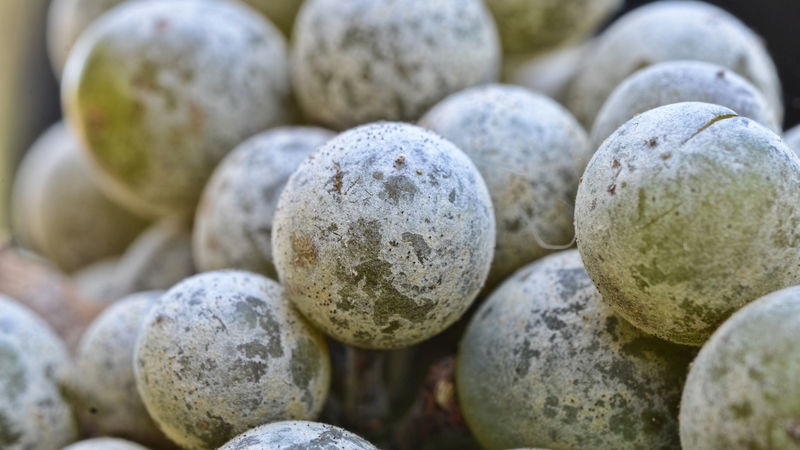Expanding Ethanol Opportunities
Few states have the advantages offered by Florida’s vast amounts of farm acreage, mild climate, year-round growing season, and 94 million annual tons of biomass. Ethanol production presents a tremendous opportunity for the Sunshine State’s growers because of these advantages. Visionary entrepreneurs and scientists have proposed making ethanol from sugar cane, switchgrass, energy cane, eucalyptus, sorghum, and even orange peels that would otherwise be waste. This means that Florida’s growers could develop a new market for products that used to just go to waste. In addition to the opportunities for Florida growers, there are significant benefits for our nation: increased national security, a stronger economy, and reduced greenhouse gas emissions.
When Americans think of ethanol’s origin, many think of the cornfields of the Midwest. But that’s just the start. The U.S. Departments of Energy and Agriculture found that 1.3 billion tons of biomass feedstock is potentially available for the production of biofuels across the U.S., meaning job creation and economic development for all states, not just Midwestern ones.
Prime Position
Florida is already uniquely positioned to benefit from increased ethanol production. Its 94 million annual tons of biomass could potentially be turned into nearly 8 billion gallons of cellulosic ethanol. And much of the infrastructure is already in place. Last year, the 104-mile Central Florida Pipeline became operational, bringing ethanol from Tampa to Orlando. And recently, Miami was the site of the 2,000th E85 pump opened in the U.S.
Growers are already taking advantage of the tremendous opportunities offered by Florida’s many feedstocks. Plans are underway for a plant that will make ethanol from sweet sorghum, which requires little water, can be grown in marginal soils, is quick to mature, and offers flexibility and security for growers since it can also be used to make syrup. Synergies have also been discovered in sugar production. Bagasse, the fibrous residue leftover after sugarcane or sorghum has been processed, can also be used to produce ethanol. Florida Crystals and U.S. Sugar Corp. have both selected Coskata’s technologies to produce cellulosic ethanol from bagasse, cane leaves, and eucalyptus. BP and Verenium have joined forces to build a cellulosic ethanol plant that will take advantage of energy cane, sorghum, and bagasse. Energy cane grows taller and is more fibrous than its sweeter cousin, sugar cane, which is what vehicles in Brazil have been running on for years.
Untapped Potential
But all of this potential for Florida will remain unrealized unless we lift the artificial cap the government set decades ago on ethanol in gasoline. That’s why Growth Energy, an organization I chair, has asked the EPA to raise that cap by increasing the allowable blend of ethanol in gasoline up to 15%. Lifting the cap will create more than 136,000 green-collar jobs nationally and inject $24.4 billion into the U.S. economy. It will also displace seven billion gallons of imported gasoline per year and reduce greenhouse gas emissions by 20 million tons per year.
Ethanol production presents an incredible opportunity for Florida’s growers who can find new uses for agricultural waste that will green our environment, create jobs, and boost our energy independence. We can’t get there, however, without support for higher blends of ethanol in our gas supply. Get involved in the renewable revolution. Let’s take a positive step in the right direction by lifting the limit on clean, green ethanol and creating jobs, boosting our energy independence, and improving our environment today, not just in Florida, but across the nation.








